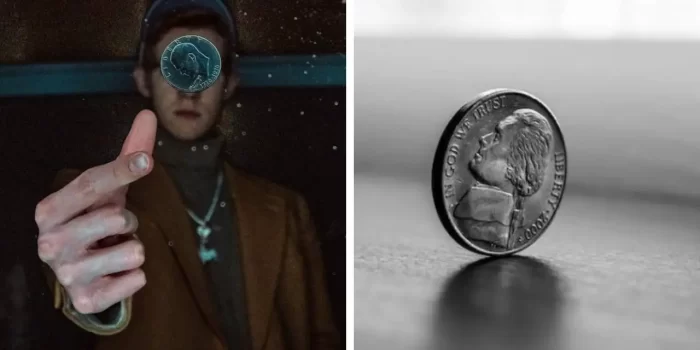Sports choices are frequently made by flipping coins, which can be used to decide who bats first or who goes first. The fact that a coin has two sides and appears to have a random outcome leads most people to believe that the odds are 50/50. However, the odds are not as equal as we previously believed, according to experts who examined an astounding 350,757 coin flips. It turns out you can sway the outcome slightly to your advantage.
A team led by American mathematician Persi Diaconis had earlier proposed that a coin toss introduces a slight wobble, which affects the results. Their model, known as “same-side bias,” suggests that the coin tends to land on the same side it started from. According to their findings, this happens around 51% of the time.

Building on Diaconis’ work, a new team conducted a larger study, recruiting 48 people to flip 350,757 coins from 46 different currencies. Their analysis confirmed a similar bias, with the coin landing on the same side it started from 50.8% of the time. While this margin may seem small, it demonstrates that coin tosses are not perfectly random. Interestingly, some individuals showed a stronger same-side bias than others, suggesting that the tosser’s technique plays a role in the outcome.
While the percentage difference might appear trivial, the team points out that it could provide a real advantage over time. In a hypothetical scenario of betting on 1,000 coin flips, knowing the starting position of the coin could result in a $19 gain—more than a casino’s advantage in blackjack but less than in roulette.
For important decisions, the team recommends a simple fix: conceal the starting position of the coin to ensure a fairer outcome.


